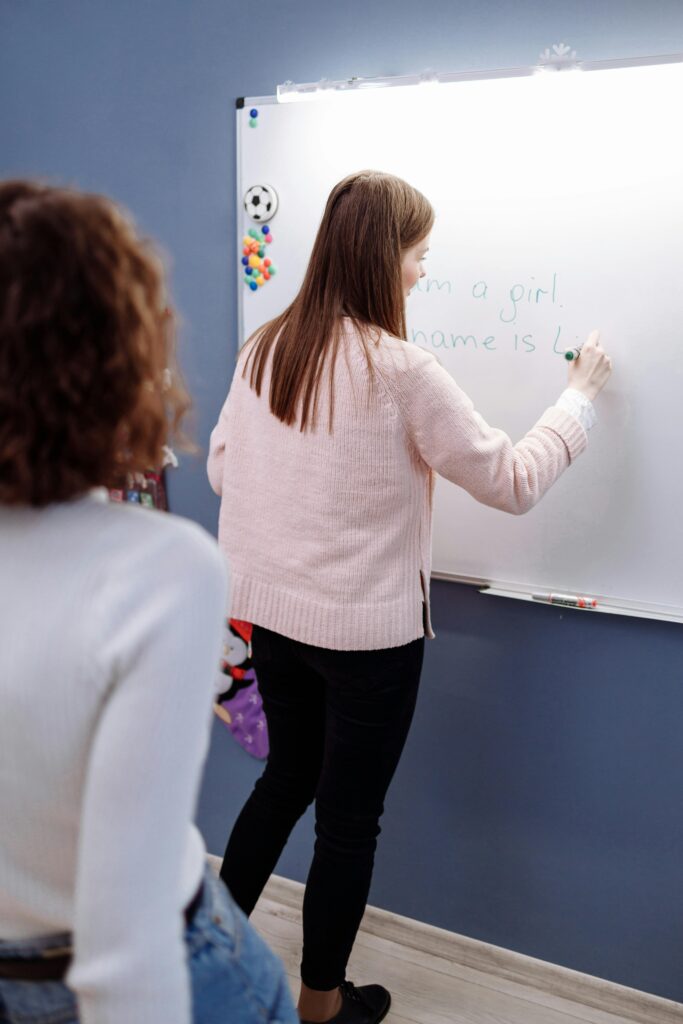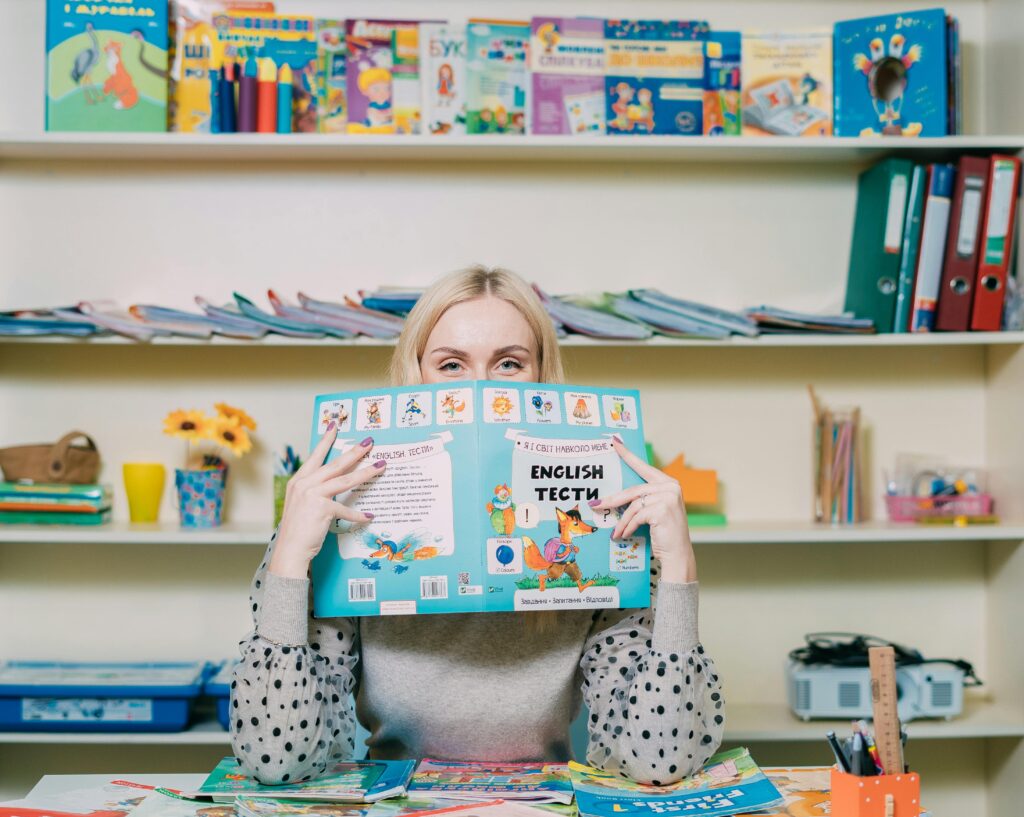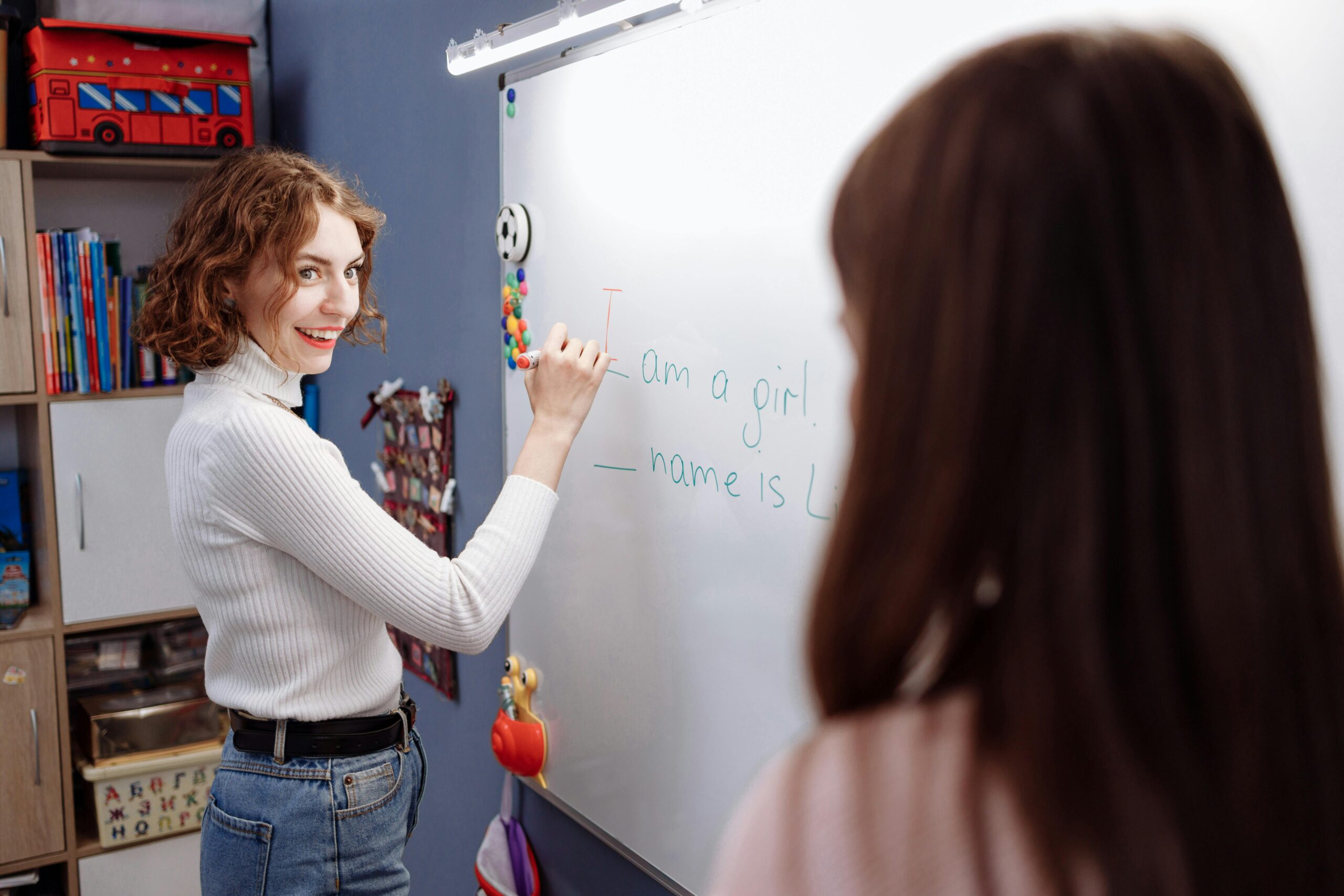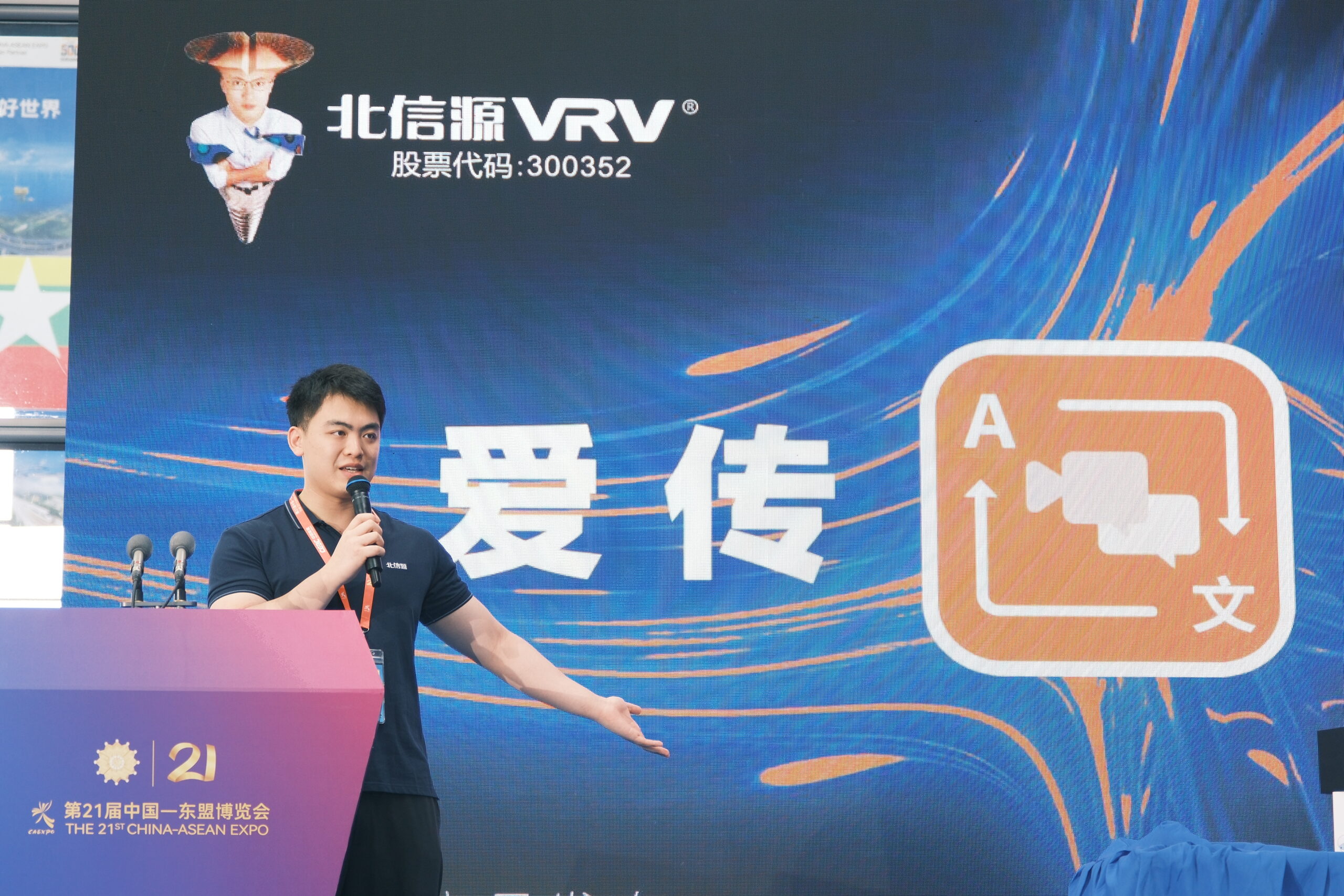In a world where communication is key to opportunity, one teacher is revolutionizing the way children learn and experience the English language. By merging passion with innovation, she not only improves academic performance but also ignites self-confidence and opens doors to future possibilities. Her story is one of dedication, creativity, and a deep commitment to community, making her a true catalyst for change.

A Journey Fueled by Passion and Purpose
Inspired by her own challenges with language barriers during childhood, this dedicated educator decided early on that every child deserves the chance to succeed through effective communication. With a background enriched by diverse cultural experiences and advanced training in language education, she embraced the role of an English teacher not just as an academic duty but as a means of empowering young minds. Her personal journey instilled in her the belief that mastering a language can be the first step towards transforming lives and communities.
Innovative Teaching Methods for Modern Learners
Creating an Engaging Learning Environment
Recognizing that traditional teaching methods sometimes fail to capture the attention of modern learners, she has developed a dynamic, interactive classroom environment. Her approach centers around:
- Interactive Storytelling: Using narratives to make grammar and vocabulary come alive.
- Role-Play and Simulations: Encouraging students to practice real-life scenarios that build conversational skills and critical thinking.
- Group Discussions: Fostering a collaborative atmosphere where students learn from each other and build teamwork skills.
- Creative Writing Workshops: Allowing students to express themselves while strengthening their command of the language.
Integrating Technology with Tradition
She leverages modern technology by incorporating multimedia tools, interactive whiteboards, and language-learning apps into her lessons. These tools not only make learning more engaging but also cater to different learning styles, ensuring that each student can progress at their own pace. This blend of traditional and digital methods bridges the gap between classical education and the demands of the 21st century.
Beyond the Classroom: Community Engagement and Support
Involving Families and Local Organizations
Understanding that education extends beyond school walls, she actively involves parents and community organizations. Through regular workshops, reading clubs, and cultural events, she creates a network of support that enriches the educational experience. These community-driven initiatives help demystify the learning process and encourage families to take an active role in their children’s education.
Mentorship and Peer Support Programs
Her commitment to nurturing young talent is evident in the mentorship programs she has initiated. By pairing advanced students with beginners in peer tutoring sessions, she fosters an environment of mutual growth and support. This not only reinforces academic concepts but also builds leadership and empathy among students.

The Transformative Impact on Students’ Lives
Building Confidence and Future Opportunities
Mastering the English language is not merely an academic achievement—it is a powerful tool for life. Students in her classroom have shown remarkable improvements in self-esteem, communication skills, and overall academic performance. With stronger language skills, they are better prepared for higher education and diverse career paths, from business to the arts.
Empowering Cultural Integration
For many students, particularly those from immigrant backgrounds, learning English is a gateway to fully participating in society. Her teaching helps bridge cultural divides, allowing students to share their unique perspectives while integrating into a broader community. This cultural exchange enriches the classroom and prepares students for global citizenship.
Addressing Challenges with Creativity and Resilience
Overcoming Resource Limitations
Every educational journey comes with its own set of challenges. Limited resources, varying student proficiency levels, and the need for individualized attention are just a few hurdles she faces. However, her creative solutions—such as community resource sharing and leveraging low-cost digital tools—ensure that every student receives the support they need to thrive.
Adapting to Diverse Learning Needs
In a classroom with diverse backgrounds and abilities, flexibility is key. She tailors her lessons to address different learning styles, often incorporating visual aids, hands-on activities, and one-on-one tutoring sessions. This personalized approach ensures that no student is left behind, and every child is given the chance to excel.
A Vision for the Future: Expanding the Reach of Language Education
Looking ahead, her vision extends beyond her classroom. She aims to collaborate with other educators, develop new curricula that integrate cultural studies with language learning, and expand community-based programs. Her ultimate goal is to create a model of education that can be replicated in schools nationwide—one that champions inclusivity, innovation, and lifelong learning.

Frequently Asked Questions
Q1: What inspired her to become an English teacher?
A1: Her own struggles with language barriers during childhood inspired her to pursue a career in education. She believes that mastering English can transform lives and open up opportunities for personal and academic growth.
Q2: How does her teaching approach differ from traditional methods?
A2: She employs innovative techniques such as interactive storytelling, role-play, creative writing workshops, and the integration of digital tools, making the learning process engaging and tailored to modern learners.
Q3: In what ways does she involve the community in her educational initiatives?
A3: Beyond the classroom, she organizes workshops, reading clubs, cultural events, and peer mentoring programs that engage parents and local organizations, creating a supportive network that extends the learning environment.
Q4: How does learning English impact the students’ futures?
A4: Mastering English boosts students’ confidence, enhances their communication skills, and provides better academic and career opportunities. It also helps them integrate into broader society, especially for those from immigrant backgrounds.
Q5: What challenges does she face, and how does she overcome them?
A5: She confronts challenges like limited resources and diverse learning needs by leveraging technology, customizing lessons for individual students, and fostering a community of peer support and mentorship.
Q6: How can other educators or schools implement similar approaches?
A6: Other educators can adopt her methods by blending traditional teaching with interactive and digital tools, engaging with the community, and creating personalized learning experiences that address the unique needs of every student.
Q7: What future opportunities does she envision for her students?
A7: She envisions a future where her students are well-prepared for higher education and diverse career paths, empowered by strong communication skills and a deep understanding of cultural diversity, making them global citizens ready to tackle tomorrow’s challenges.
Through innovative teaching methods, a commitment to community engagement, and a deep belief in the transformative power of language, this teacher is reshaping the educational landscape. Her work not only equips students with essential skills but also instills hope and ambition, proving that the mastery of English can indeed be a life-changing journey.
Sources MLive


